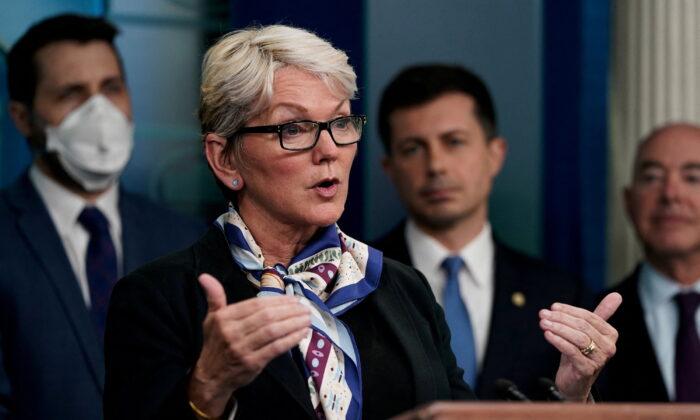After struggling for over a decade to bring inflation up to their target rates, central banks of the world are now faced with the inverse problem—rising inflation, Agustín Carstens, General Manager of the Bank for International Settlements (BIS), said in a speech at the International Center for Monetary and Banking Studies on April 5.
“Almost 60 percent of AEs [advanced economies] currently have year-on-year inflation above 5 percent—more than 3 percentage points above typical inflation targets. This is the largest share since the late 1980s … In more than half of EMEs (emerging market economies), inflation rates are above 7 percent.”
No one should expect inflationary pressures to ease anytime soon, Carstens warns. As challenges like the COVID-19 pandemic, semiconductor shortages, and shipping disruptions continue to persist, the full impact of price disruptions in 2021 might still be “working its way through the system,” he said.
In addition, new inflationary pressures have also popped up. Since Russia’s war on Ukraine in late February, the prices of food, oil, and other commodities have soared as supplies dwindled. These will “feed directly” into higher consumer prices.
Inflation expectations are becoming “unmoored.” Many experts are forecasting inflation of over 4.5 percent in the United States and much of Europe over the next two years, he said. In many other AE’s, inflation is expected to be above 3.5 percent.
According to Carstens, policymakers will have to “shift their mindsets” to adapt to the new economic environment. “It seems clear that policy rates need to rise to levels that are more appropriate for the higher inflation environment. Most likely, this will require real interest rates to rise above neutral levels for a time in order to moderate demand.”
The adjustment to higher interest rates “will not be easy,” as conditions in several countries “complicate matters,” the BIS chief said. Households, sovereigns, and financial markets have become “too used” to low interest rates.
An expansionary monetary or fiscal policy is not the key to higher sustainable growth. Instead, nations must focus on strengthening the “productive capacity” of their economies, he stressed.






Friends Read Free